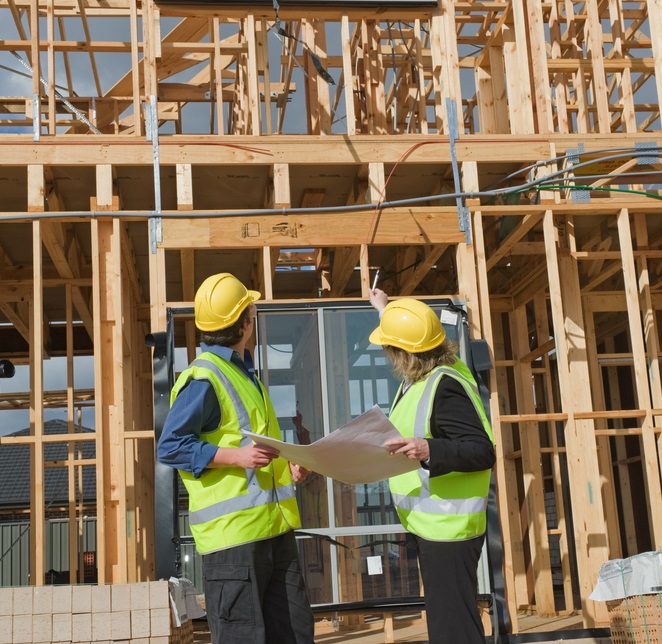U.S. housing demand has remained high throughout the COVID-19 pandemic, as people across the United States have rethought the concept of home and where and how they want to live, according to the National Association of Home Builders (NAHB).
Single-family builders especially have had an increasingly hard time meeting this demand, as material prices — especially lumber — have continued to rise at unprecedented rates. Multifamily demand is growing at a slower rate, but demand is increasingly shifting to more affordable suburbs where low-rise wood-frame construction is also being affected by high lumber prices.
The uncertainty in the market has left multifamily developers and builders less than optimistic, as NAHB’s Multifamily Market Survey shows. Although the multifamily sector is expected to rebound later in 2021 and in 2022, the current environment is placing significant pressures on the industry, which is experiencing shortages and delays in obtaining building materials, rising prices and labor shortages.
“The lumber price increases in the past year have caused problems across the board for us,” shared Matt Stephens, a developer in New Jersey. “Projects have been delayed, and loan approvals are more difficult because of the volatility.”
“As multifamily builders and developers, it is difficult to absorb the cost of building materials — and lumber is no exception — and still remain profitable,” explained Charles Aggouras, a builder/developer in Massachusetts. “The construction industry works on very small margins, and with COVID, it is impossible to raise the rental pricing or sales prices to make the financials work. We are therefore faced with delaying our projects and waiting for rental price stability and sales prices to increase.”
The financial impact is significant, given the scale of many multifamily projects.
“One 434-unit, 12-building project experienced over $1 million of additional costs for the current six buildings under construction,” noted Howard Irwin, a developer who runs/manages a general contractor and property management company that operates in New Jersey, Pennsylvania and New York. “Framing on the remainder of the project was stopped with the anticipated additional costs of $1.5 million based on current lumber prices.”
Builders and developers are trying to get creative with scheduling and purchasing to keep current projects afloat, but alternatives are limited.
“We continue to look at alternative building materials, but with the bulk of our building types being Type VA construction, three- to four-story wood, we are limited in what we can substitute,” shared Jay Kellogg, a builder in Indiana. “Lumber pricing, timing of buying lumber, and what we see in the hedge market are daily conversations and something that is communicated in our daily senior management huddle and weekly construction call.”
Relief on lumber prices can’t come quickly enough to help get these projects back on track and provide much needed housing in markets across the country.
